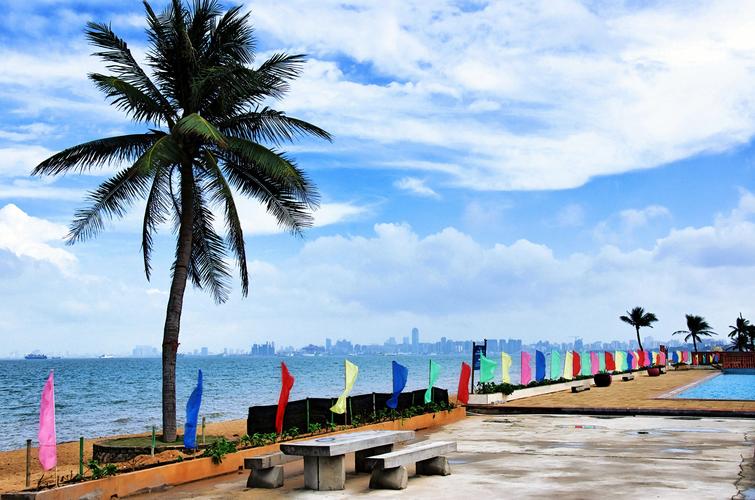The Artistic Expression of Trauma: World War 1’s Impact on Culture
World War 1 was one of the most significant events in human history. It affected not just the world’s politics and economy but also its culture. The war impacted the artistic expression of people, from writers and painters to musicians and poets. In this blog post, we will explore how World War 1 influenced the cultural landscape of its time and beyond.
The Impact of World War 1 on Art
World War 1 had an unprecedented impact on the art world. It changed the way artists thought about their craft, and the war’s devastation prompted many artists to explore new forms of expression. One of the most significant changes was the shift in artistic focus from traditional subject matter towards more abstract themes.
The war’s brutality inspired artists to capture the horrors of war in their work. The war’s imagery and its impact on society are reflected in the work of artists like Otto Dix and Georges Grosz. Their art exposed the cruelty and destruction of war and gave voice to the suffering of soldiers and civilians.
In contrast, some artists rejected realism in favor of abstraction. They sought to express the trauma of war through a new visual language that emphasizes shapes, colors, and textures. Wassily Kandinsky and Paul Klee are examples of artists who embraced this new form of expression. Their works often feature abstract and surreal elements that convey the emotional experience of war.
The Influence of World War 1 on Literature
Like the visual arts, the war also had a profound impact on literature. The war’s senseless violence and loss of life inspired writers to create narratives that reflected the human experience. Many writers wrote about the war directly, while others used it as a backdrop for their stories.
Ernest Hemingway’s “A Farewell to Arms” is an excellent example of a novel that explores the human cost of war. It follows the story of an American ambulance driver and his lover, a nurse in Italy, during the war. The novel highlights the emotional and physical toll of war on its participants.
Similarly, Wilfred Owen’s poetry uses vivid language and imagery to capture the brutality and horror of war. His poem, “Dulce et Decorum Est,” depicts the devastating effects of a gas attack on soldiers, emphasizing the lie that it is “sweet and fitting to die for one’s country.”
Conclusion
In conclusion, World War 1 had a profound impact on the artistic expression of people worldwide. It inspired artists to explore new forms of expression that reflected the trauma of war. Writers, musicians, and poets used the war as a lens to examine the human condition, depicting the physical and emotional toll of war on its participants and society as a whole. World War 1 remains a significant event in human history that continues to shape our perspective on art and culture.
(Note: Do you have knowledge or insights to share? Unlock new opportunities and expand your reach by joining our authors team. Click Registration to join us and share your expertise with our readers.)
Speech tips:
Please note that any statements involving politics will not be approved.
